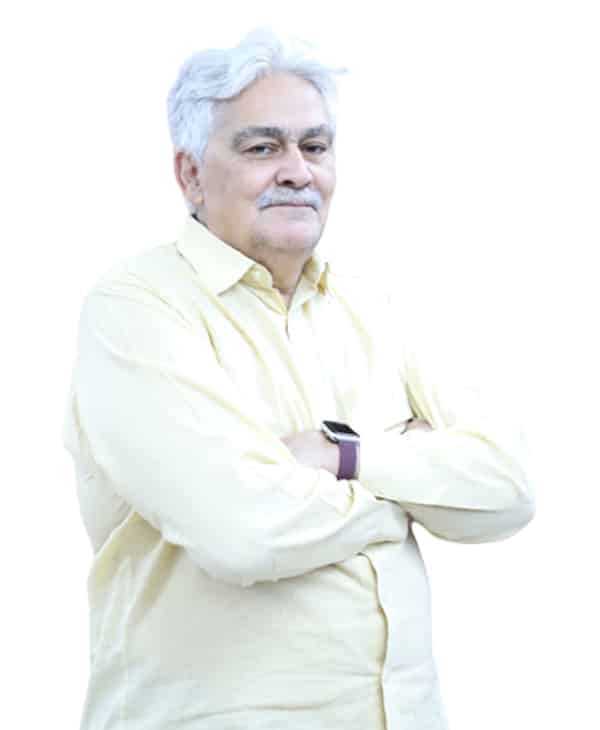THE PAKISTAN DEVELOPMENT REVIEW
Province-wise Growth Patterns in Human Capital Accumulation
It is apparent from various labour force surveys that during the past 20 years Pakistan’s employed labour force has become more “educated”. For instance, according to the Labour Force Survey 1982-83, 28 percent of the employed labour force had attained formal education.12 In comparison, the literate employed labour force in 1999- 2000 is estimated at 46 percent, while the formally educated is 43 percent. However, the pattern of growth in educated labour force is not uniform in all four provinces of the country. A closer look at disaggregated provincial level data reflects the disparity in employed labour force in the four provinces: Punjab, Sind, NWFP, and Baluchistan.
Zehra Aftab, Muhammad Sabir
Recent Articles
© 2024 Pakistan Institute of Development Economics



